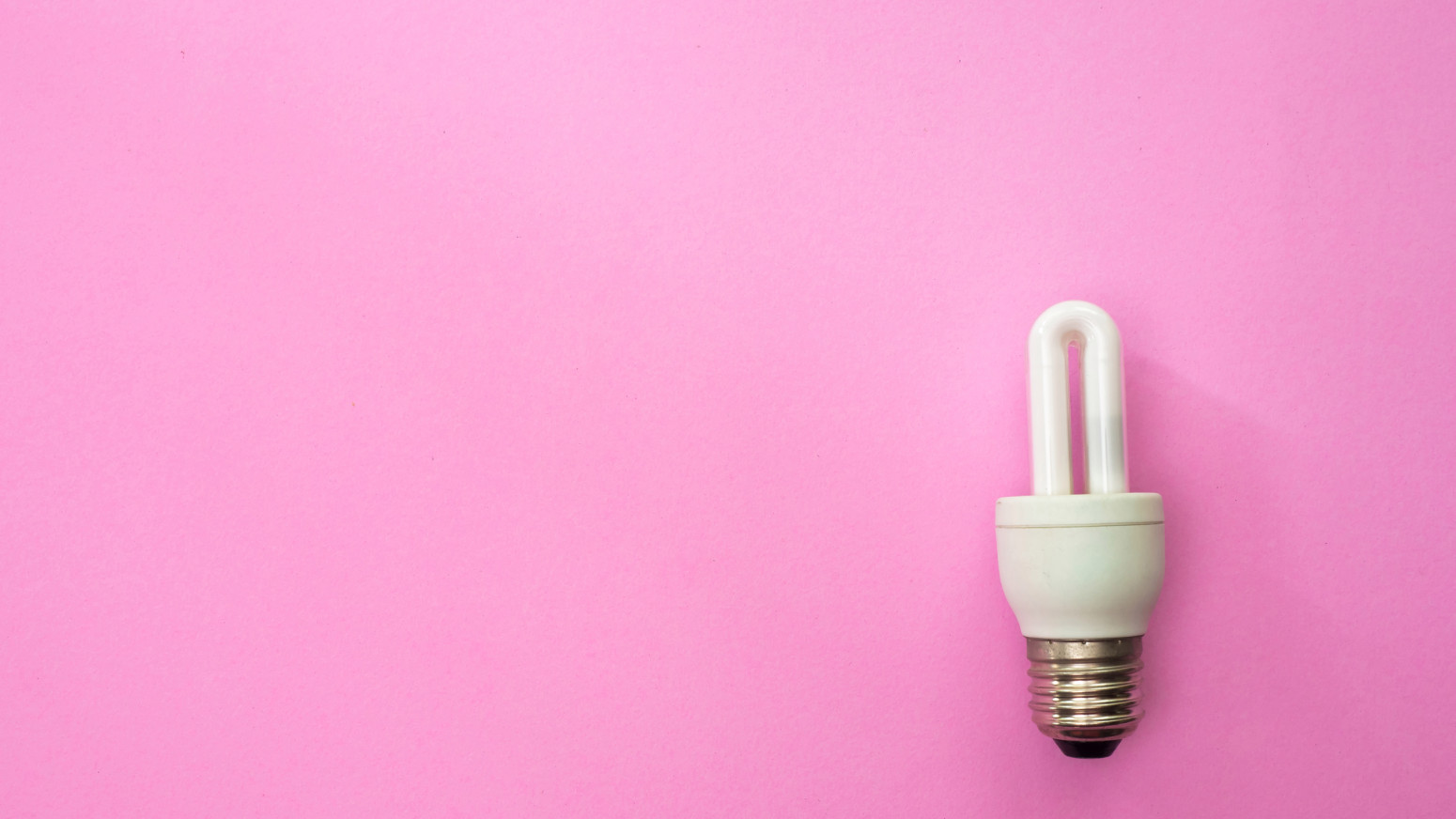I am often asked how to identify the best innovators. People want to know if there are key personality characteristics that determine who will be able to innovate. I agree that it would be great to have a simple test you could give people to figure out who will come up with the most ideas and be able to bring them to fruition.
The science behind innovation, though, tells a much more hopeful story. The best innovators exhibit three core behaviors. The best part about recognizing that innovation is fundamentally about behavior is that behaviors can be changed much more easily than the motivational elements underlying personality characteristics. As a result, anyone can improve his or her ability to innovate by adopting these behaviors.
1. Learn widely
The best innovators have a base of knowledge that is both broad and deep. They start with an area of expertise that they deeply understand. They have a lot of causal knowledge, meaning that they are good at answering the question, “Why?” particularly in their core area of expertise. They understand both the big picture in that area of work as well as the fine details of how things work. To keep up with developments in their area of expertise, they are constantly learning more by reading, attending lectures, and engaging in discussions with other experts.
Innovators don’t stop with their core expertise, though. They know that the best ideas come from combining their core knowledge with insights that come from other areas. They recognize that drawing analogies from one area to another often provides the basis for new insights. As a result, innovators also explore new intellectual terrain regularly.
That means innovators seek out the time to learn about new things. It can be difficult to find this time, because the workplace is often busy. Taking the time to develop new areas of competence requires prioritizing learning over other aspects of a job.
If you are trying to identify the best innovators, then you need to look for the most curious people. Who spends their time trying to learn? Who asks the most questions? Who is not satisfied to hear an answer, but really wants to know why that answer is correct?
2. Generate a lot of ideas
When the time comes to find ways to solve new problems, research on creativity confirms that the people and groups who come up with the best ideas are the ones who come up with the most ideas. The more ideas you develop, the more likely that you will find a great idea.
This means the best innovators also come up with a lot of bad ideas. It is important to realize that, because when you are looking for good innovators, it is tempting to focus on people who had a particularly good idea. You might be tempted to discount the innovation capacity for anyone who has a bad idea.
Anyone can stumble on a good idea once. The people who generate lots of possibilities, though, have a better chance of being serial innovators. When the tendency to generate good ideas is coupled with a wide base of knowledge, then you have two core ingredients for a great innovator.
3. Care about the details
Creativity is wonderful, of course, but as one of my graduate advisers used to tell me all the time, “Ideas are cheap.” That is, having an idea is the easiest part of the process of innovation. The hard part is taking that idea and turning it into something that can be put into practice.
As a result, the details matter a lot. A good innovator takes an idea and then focuses on how it can be implemented. Indeed, innovators spend much more time honing the details of a new project than they do on spouting off ideas.
That means innovators have to be willing to commit to identifying the obstacles that will prevent a new idea from succeeding. Then they have to assemble a team that will adapt the idea to the world in which it is going to be used.
Ultimately, when you look for great innovators, you want to find people who care about both the forest and the trees. Innovators need to understand how their innovation fits into a broader ecosystem. At the same time, they need to be concerned about how to bring it into being.
Look for people with a keen ability to identify obstacles combined with a positive attitude about overcoming those obstacles. Many people are good at finding reasons why an idea will not work. Most of them use those reasons as an excuse not to proceed. Those people who see the obstacles as a challenge are the ones who have the capacity to go from idea to innovation.
Originally published at Inc
